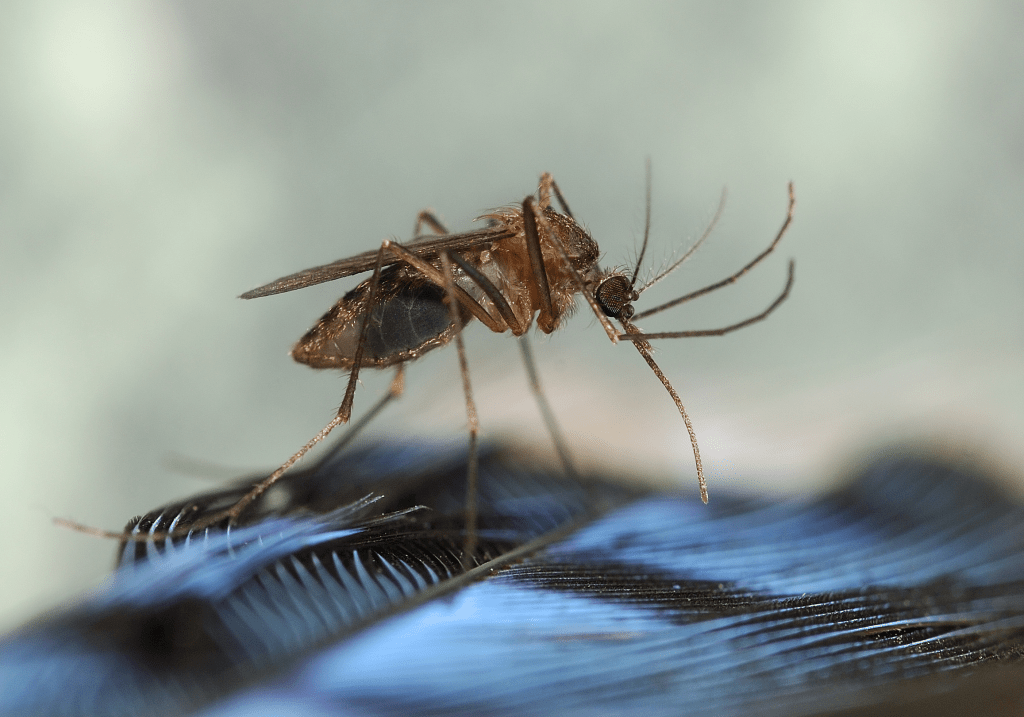The number of mosquitoes testing positive for eastern equine encephalitis dropped to zero in the latest testing data released by the Vermont Department of Health.
The mosquito-transmitted virus, known as EEE, killed a New Hampshire resident and infected a Chittenden County man in August. The number of mosquito pools testing positive for EEE also began to rise. Those factors led the health department to issue a press release last month urging residents of several northwestern Vermont communities to stay indoors from 6 p.m. to 6 a.m. each night.
Since that time, the number of pools testing positive has dropped from 26 to fewer than 10 to none in the most recent mosquito collection, which occurred from Sept. 8 to 14. The number of pools testing positive for West Nile virus has also fallen to zero, from a high of 13 in early August.
But the health department plans to keep its guidance for high-risk communities in place “until the first local hard frost, as there are likely still mosquitoes that are carrying the EEE virus,” said State Epidemiologist Patsy Kelso.
“We continue to recommend basic mosquito safety practices to help protect against the risk of contracting EEE and other mosquito-borne illnesses,” she wrote in an email.
There are some caveats to the mosquito data that make it harder to track EEE, which is spread by two specific species of mosquitoes that pick it up from birds.
The state Agency of Agriculture, Food and Markets helps track EEE by setting up traps in hundreds of mosquito pools each week and sending the specimens to labs for testing. But the lack of EEE in mosquitoes doesn’t mean that birds can’t still have it, Patti Casey, the agency’s environmental surveillance program director, said via email.
“There is still EEE in the bird population, but it’s circulating at a much lower rate, making it harder to find in our collected mosquitoes,” she wrote.
At the same time, the nationwide seasonal migration of birds is underway, so the composition of bird species in Vermont is changing. Casey wrote that Vermont officials are working with the U.S. Centers for Disease Control and Prevention to test the “bloodmeal,” or blood that mosquitoes have feasted on, and see which bird species have been responsible for this summer’s spread.
Casey noted that other states have seen an apparent contradiction: EEE showing up in humans, birds and mammals, but not in mosquito samples.
“My colleagues in Maine are having similar difficulty finding EEE in their mosquito pools — they have found EEE in 4 horses, 2 emus, 1 llama, and 1 wild turkey, but have isolated no EEE in any of their mosquito pools (very unusual),” she wrote. Massachusetts is up to four human cases, but is finding fewer EEE-positive mosquitoes as the season winds down.
Kelso said earlier this month that EEE cases should wane when mosquitoes become dormant after the first hard frost, which typically occurs in early-to-mid October in the Champlain Valley.
In the meantime, the health department advises Vermonters in high-risk communities take precautions against mosquito bites like wearing long sleeves and pants and using effective bug spray.
Read the story on VTDigger here: Testing shows EEE-positive mosquitoes on the decline, but officials still advise caution.

